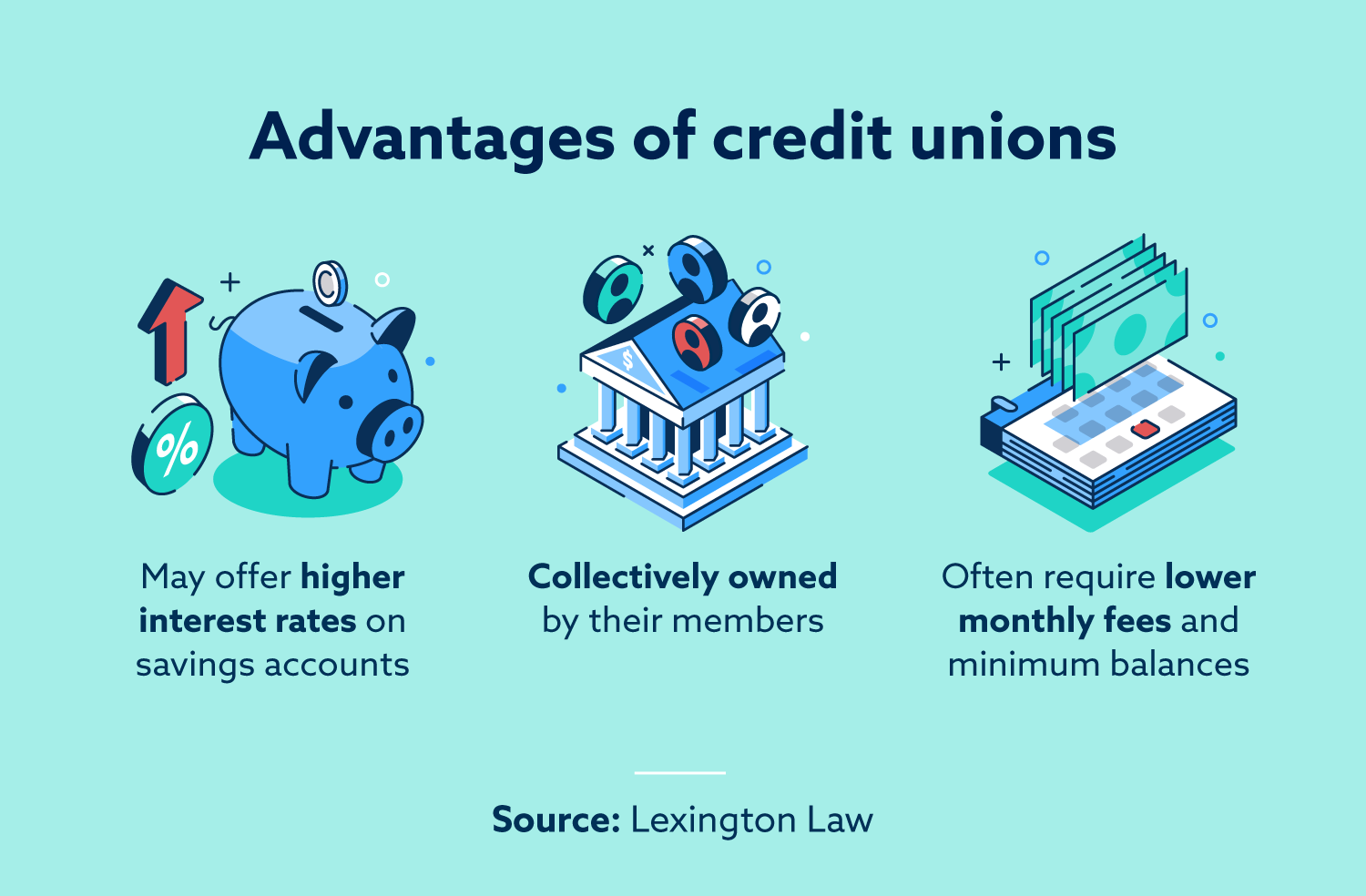Opening the Perks of Lending Institution: Your Overview
In the world of banks, credit rating unions stand as a distinct and frequently underexplored option for those looking for a much more individualized technique to banking. As we dig right into the complexities of cooperative credit union, a world of benefits and opportunities unfolds, supplying a look right into a monetary landscape where area worths and member-focused services take facility phase. From their simple beginnings to their contemporary effect, recognizing the essence of cooperative credit union could potentially reshape the method you view and manage your funds.

History of Cooperative Credit Union
Cooperative credit union have a rich background rooted in the participating activity, going back to the 19th century. The idea of cooperative credit union arised as a feedback to the economic demands of individuals who were underserved by standard financial institutions. Friedrich Wilhelm Raiffeisen, a German mayor, is usually attributed with founding the very first contemporary cooperative credit union in the mid-1800s (Wyoming Credit Unions). Raiffeisen developed participating borrowing societies to help farmers and country communities accessibility affordable credit scores and get away the clutches of usurious lenders.
The idea of individuals collaborating to merge their resources and supply monetary help to every various other spread quickly across Europe and later to North America. In 1909, the initial cooperative credit union in the USA was developed in New Hampshire, marking the beginning of a brand-new era in community-focused financial. Considering that then, debt unions have actually proceeded to prioritize the monetary wellness of their participants over revenue, embodying the cooperative principles of self-help, self-responsibility, democracy, solidarity, equity, and equal rights.
Subscription Qualification Standards
Having developed a foundation rooted in participating principles and community-focused banking, lending institution maintain particular membership eligibility requirements to ensure alignment with their core values and purposes. These criteria usually focus on an usual bond shared by possible participants, which could include factors such as geographical location, company, business affiliation, or membership in a specific community or association. By needing participants to satisfy particular eligibility requirements, cooperative credit union aim to promote a feeling of belonging and shared function among their members, enhancing the cooperative nature of these monetary institutions.
Along with common bonds, some cooperative credit union may likewise prolong membership qualification to relative of present members or people who stay in the same family. This inclusivity assists credit history unions broaden their reach while still staying true to their community-oriented ethos. By maintaining clear and clear membership standards, lending institution can make sure that their members are proactively participated in sustaining the participating worths and goals of the institution.
Financial Products and Providers
When considering the array of offerings available, credit history unions supply a varied series of financial services and products tailored to satisfy the special demands of their members. These offerings generally consist of cost savings and examining accounts, fundings (such as automobile financings, individual loans, and home loans), debt cards, and different investment choices. One essential benefit of cooperative credit union is their emphasis on supplying competitive rate of interest and reduced costs contrasted to typical banks. Participants often take advantage of personalized client service, as cooperative credit union focus on constructing solid connections with those they serve.
In addition, credit rating unions frequently supply financial education and learning and counseling to aid participants boost their monetary literacy and make notified choices. Many cooperative credit union likewise join shared branching networks, permitting members to access their accounts at a range of places across the country. Overall, the variety of economic product or services provided by debt unions highlights their commitment to satisfying the varied demands of their members while prioritizing their economic wellness.

Advantages Over Standard Financial Institutions
Showing an unique approach to economic services, credit rating unions supply a number of benefits over standard financial institutions. Furthermore, credit report unions are understood for their affordable rate of interest prices on cost savings accounts, lendings, and credit cards.
Additionally, lending institution often tend to have a solid concentrate on economic education and neighborhood assistance. They commonly provide workshops and resources to assist members enhance their economic literacy and make sound cash management decisions (Wyoming Credit Unions). By promoting a feeling of area and shared goals, credit score unions can create a more inclusive and helpful banking atmosphere for their participants
Area Participation and Social Impact

Additionally, lending institution typically companion with neighborhood companies and charities to support various social causes such as affordable housing, education, and healthcare. By teaming up with these entities, lending institution can amplify their social impact and address important issues affecting their Wyoming Credit Unions neighborhoods. This collaborative technique not only benefits those in need however likewise strengthens the social material of the community by cultivating a feeling of unity and assistance amongst its participants. Fundamentally, lending institution act as drivers for positive change, driving area growth and social development via their active involvement and impactful campaigns.
Conclusion
Finally, cooperative credit union have a rich background rooted in neighborhood and collaboration, offering a diverse variety of monetary products and services with competitive rates and individualized customer solution. They prioritize the economic well-being of their participants over revenue, promoting a feeling of belonging and providing financial education. By proactively taking part in social influence efforts, lending institution produce a inclusive and encouraging financial setting that makes a positive difference in both private lives and neighborhoods.
Friedrich Wilhelm Raiffeisen, a German mayor, is often credited with founding the first contemporary debt union in the mid-1800s - Credit Union Cheyenne WY. By requiring participants to meet specific qualification requirements, credit rating unions aim to foster a sense of belonging and shared objective among their participants, strengthening the cooperative nature of these financial organizations
Additionally, credit score unions regularly provide financial education and learning and therapy to help participants boost their economic proficiency and make informed choices. Generally, the range of monetary items and solutions offered by credit score unions highlights their dedication to meeting the diverse demands of their participants while prioritizing their financial wellness.
Furthermore, credit unions are recognized for their affordable interest prices on cost savings accounts, car loans, and credit report cards.